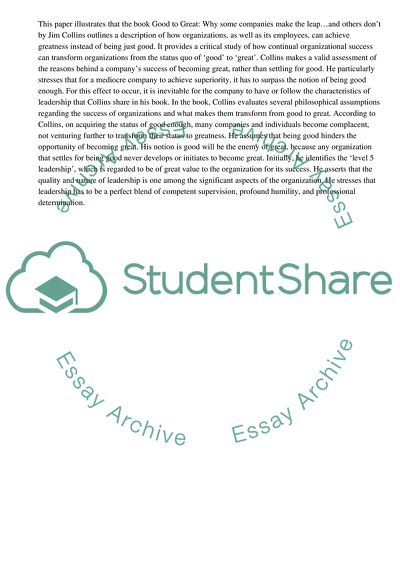Cite this document
(Why Some Companies Make the Leap and Others Don't Essay, n.d.)
Why Some Companies Make the Leap and Others Don't Essay. Retrieved from https://studentshare.org/business/1828530-how-good-is-good-to-great-sheila
Why Some Companies Make the Leap and Others Don't Essay. Retrieved from https://studentshare.org/business/1828530-how-good-is-good-to-great-sheila
(Why Some Companies Make the Leap and Others Don'T Essay)
Why Some Companies Make the Leap and Others Don'T Essay. https://studentshare.org/business/1828530-how-good-is-good-to-great-sheila.
Why Some Companies Make the Leap and Others Don'T Essay. https://studentshare.org/business/1828530-how-good-is-good-to-great-sheila.
“Why Some Companies Make the Leap and Others Don'T Essay”, n.d. https://studentshare.org/business/1828530-how-good-is-good-to-great-sheila.


